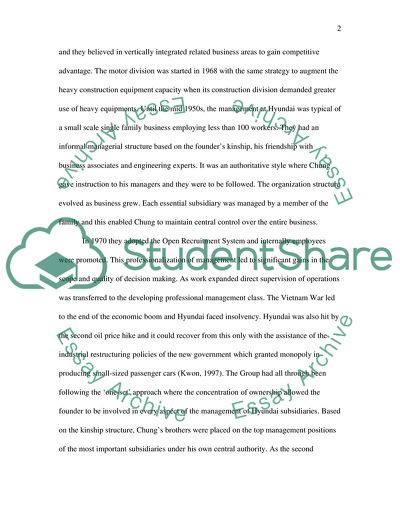Cite this document
(Transformation of Korean HRM Based on Confucian Values Assignment, n.d.)
Transformation of Korean HRM Based on Confucian Values Assignment. https://studentshare.org/human-resources/1713209-family-business-analysis-of-hyundai-group
Transformation of Korean HRM Based on Confucian Values Assignment. https://studentshare.org/human-resources/1713209-family-business-analysis-of-hyundai-group
(Transformation of Korean HRM Based on Confucian Values Assignment)
Transformation of Korean HRM Based on Confucian Values Assignment. https://studentshare.org/human-resources/1713209-family-business-analysis-of-hyundai-group.
Transformation of Korean HRM Based on Confucian Values Assignment. https://studentshare.org/human-resources/1713209-family-business-analysis-of-hyundai-group.
“Transformation of Korean HRM Based on Confucian Values Assignment”. https://studentshare.org/human-resources/1713209-family-business-analysis-of-hyundai-group.


